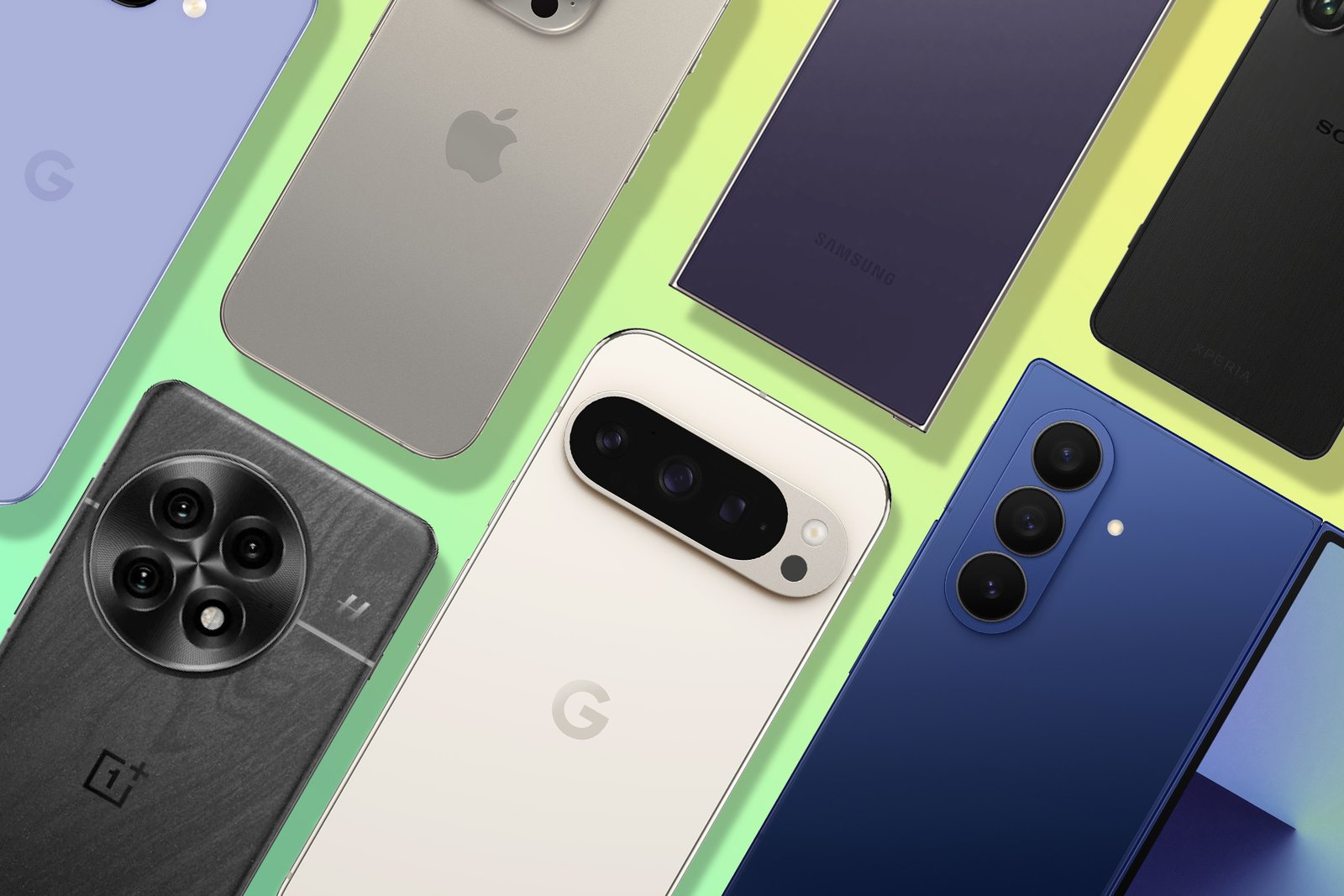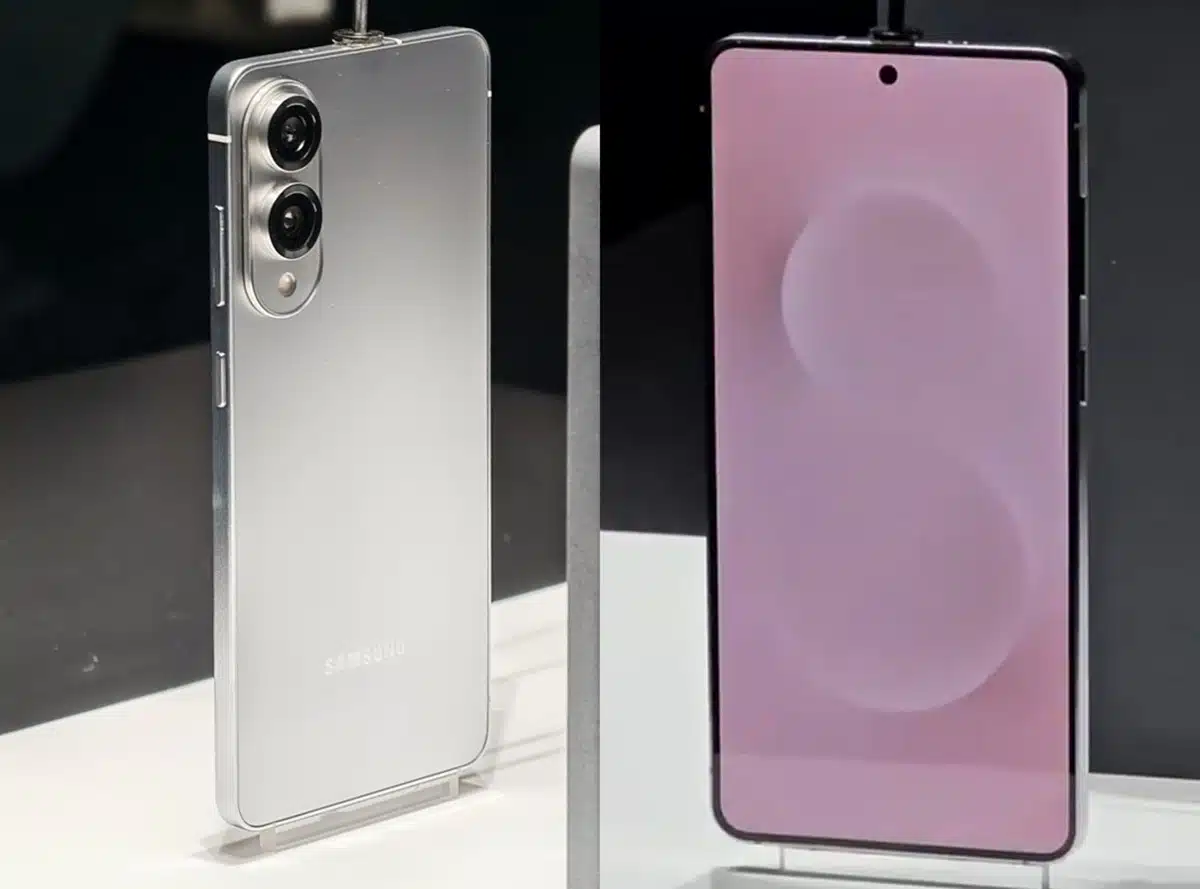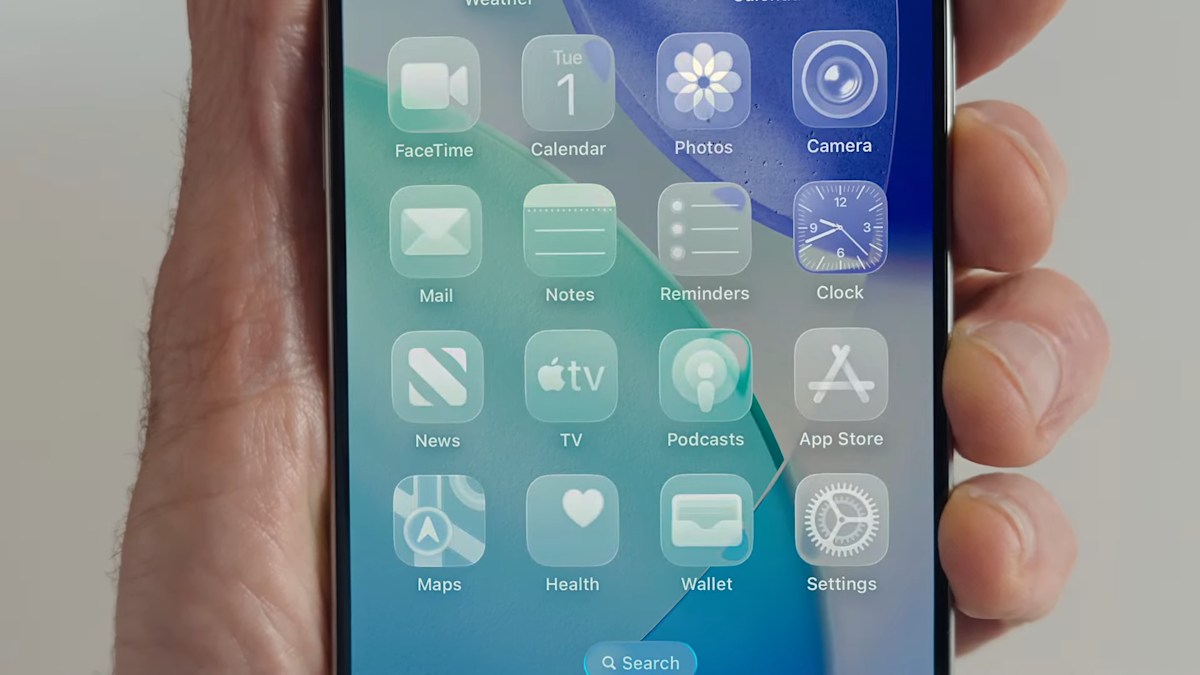If you’re considering a phone upgrade, you’re in the right place. With so many options available, it can be overwhelming to choose the right one, but our comprehensive guide is here to help. We’ve carefully ranked our favourites below, focusing on the key aspects that matter most to users. Whether you’re eyeing a large-screen Android device or the latest iPhone flagship, we’ve rigorously reviewed the top smartphones on the market.
Our evaluation process is hands-on. We test every smartphone in real-world conditions to ensure it performs well in everyday life. This includes binge-watching series to assess battery life and capturing hundreds of photos to evaluate camera quality. We also push the graphics to the limit with the latest mobile games to measure processing power, and use our experience to rate display quality, design, durability, and software experience.
After this rigorous testing, only the best-performing handsets make it into our guide. Whether you’re after the fastest processor, the best camera system, or the longest battery life, our rankings are designed to help you find the perfect smartphone.
Why you can trust Stuff: Our team of experts rigorously test each product and provide honest, unbiased reviews to help you make informed decisions. For more details, read how we test and rate products.
Quick list: what’s the best phone?
The best smartphones you can buy today:
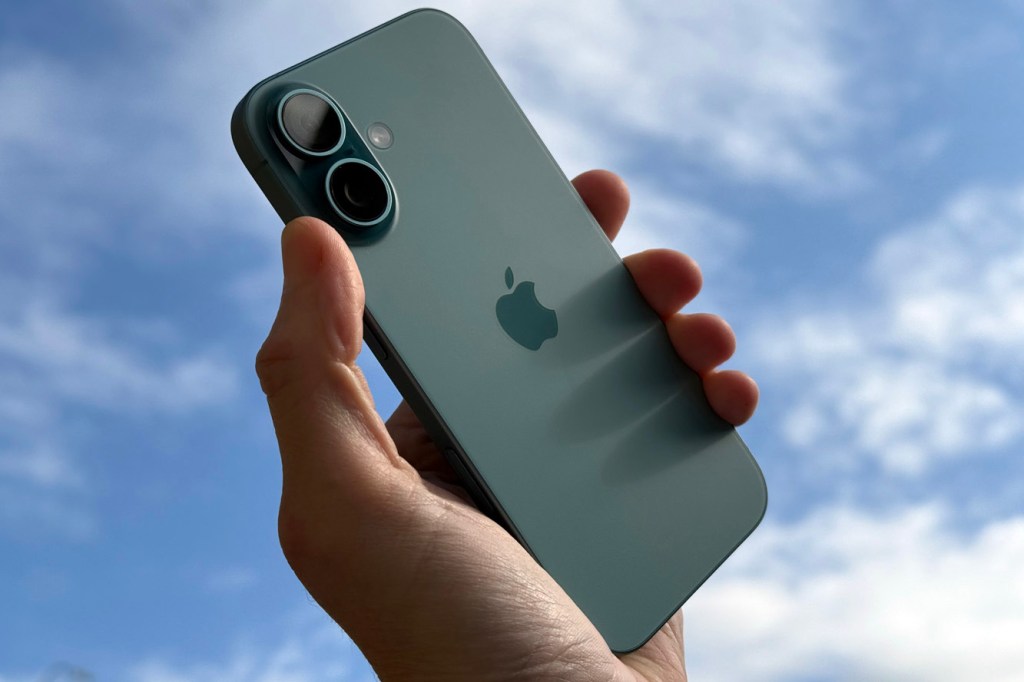

1. Apple iPhone 16
| Apple iPhone 16 specs | |
|---|---|
| Screen | 6.1in 2556×1179 Super Retina XDR OLED HDR at 460ppi |
| Processor | Apple A18 |
| RAM | 8GB |
| Storage | 128GB/256GB/512GB |
| Software | iOS 18 |
| Cameras | 48MP ƒ/1.6 main, 12MP ƒ/2.2 ultra wide rear; 12MP ƒ/1.9 front |
| Battery | 3561mAh |
| Dimensions | 148x72x7.8mm (5.81 x 2.82 x 0.31 in), 170g (6oz) |
The iPhone 16 stands out as the iPhone to beat in 2025 – it’s the core model that delivers both a satisfying feature set and a more approachable price point compared to the Pro. While the Pro-exclusive 120Hz display is sorely missed, the iPhone 16 makes up for it with a crisp Super Retina OLED and an impressive telephoto camera, finally bringing a 2x zoom lens to the standard model. Camera Control, which lets you open and control the camera app with a customisable button, is a bit fiddly but adds flexibility.
Battery life is another win; thanks to the efficient A18 chip and a slightly larger battery, we’re comfortably getting through a full day, possibly even stretching to midday on day two. Software-wise, iOS 18 brings some slick, if incremental, updates. Customisation options for Control Center and lock screen controls feel like a fresh step forward, even though the highly anticipated Apple Intelligence hasn’t arrived yet – a feature we wish wasn’t tied to a future update.
Overall, the iPhone 16 is an enticing pick for anyone eyeing Apple’s latest. It packs essential upgrades while leaving some Pro exclusives untouched – but, frankly, this model already hits the sweet spot for price and performance. Unless you’re set on a high refresh rate or are sold on the yet-to-arrive AI features, this iPhone nails it. Apple’s strategic tweaks here make the iPhone 16 the clear value champ.
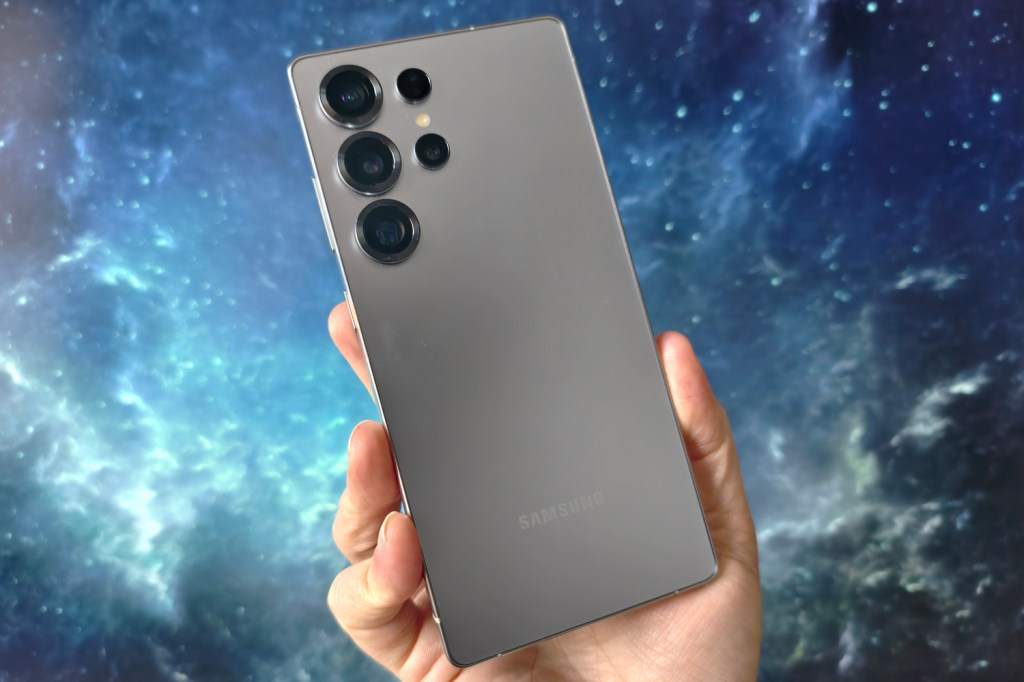

2. Samsung Galaxy S25 Ultra
| Samsung Galaxy S25 Ultra specs | |
|---|---|
| Screen | 6.9in, 3088×1440 AMOLED, 120Hz |
| Processor | Snapdragon 8 Elite for Galaxy |
| RAM | 12GB |
| Storage | 256GB/512GB/1TB |
| Software | Android 15 with OneUI 7 |
| Cameras | 200+50+10+50MP (rear), 12MP (front) |
| Battery | 5000mAh |
| Dimensions | 163x78x8.2mm, 218g |
Samsung’s Galaxy S25 Ultra proves that sometimes refinement is just as important as reinvention. This year’s flagship keeps much of what made the S24 Ultra a fan favourite while introducing meaningful improvements in design, performance, and AI integration. With Gorilla Armor 2 glass for superior durability and reduced reflections, a sleek titanium frame, and a larger 6.9in AMOLED screen that dazzles despite not being the brightest in the market, it’s a stunning device in every sense.
AI enhancements take centre stage, finally delivering a polished, cohesive experience that rivals the best on offer. The new 50MP ultrawide camera adds welcome versatility, while the 200MP primary lens continues to impress with rich detail and vibrant colours. Though the zoom lenses lag behind the competition, they still capture sharp, balanced images.
Wait, how can the very best Android phone only score four stars? Essentially Galaxy S25 Ultra is an iterative update over last year’s S24 Ultra, which can now be had for considerably less cash.
While it may not represent a seismic leap from the S24 Ultra, it excels as a long-term upgrade for Samsung fans ready to take advantage of AI-driven software improvements. Yes, the S Pen’s downgrade and battery limitations are valid criticisms, but the overall experience remains top-tier for those seeking a premium Android device.


3. Google Pixel 9 Pro
| Google Pixel 9 Pro specs | |
|---|---|
| Screen | 6.3in, 1280×2856, 1-120Hz AMOLED |
| Processor | Google Tensor G4 |
| RAM | 16GB RAM |
| Storage | 128/256/512GB/1TB |
| Software | Android 14 |
| Cameras | 50MP + 48MP + 48MP (rear), 42MP (front) |
| Battery | 4700mAh w/ 27W wired, 21W wireless charging |
| Dimensions | 152.8x72x8.5mm, 199g |
The Google Pixel 9 Pro sets a new standard for Pixel smartphones, offering cutting-edge tech wrapped in a new, more premium design. For those of us who’ve craved a smaller device without compromising on performance, this new Pro model is a game-changer, blending the best camera tech, AI smarts, and an exceptional battery, into the more compact 6.3in size.
The design is great, with straight edges, a matte glass back, and a new pill-shaped camera island that highlights Google’s focus on photography. It feels lovely in hand and is more durable than previous models, with IP68 water resistance and a refined colour palette.
The Actua display is a standout, offering incredible brightness and vibrant colours, even outperforming the iPhone 15 in direct sunlight. Paired with a 120Hz refresh rate, every swipe is buttery smooth. As expected, the camera system is top-tier, especially the upgraded 48MP ultrawide and periscope telephoto lenses. AI-driven tools like Magic Editor make editing photos effortless, while new features like ‘Add Me’ let you appear in group shots post-capture.
However, charging speeds lag behind competitors, and it’s pricier than previous Pixel models. But with seven years of software updates, premium design, and AI-powered performance, we feel the Pixel 9 Pro is a worthy investment for those who want a compact yet powerful flagship smartphone. Google has truly stepped into the high-end space with this one.
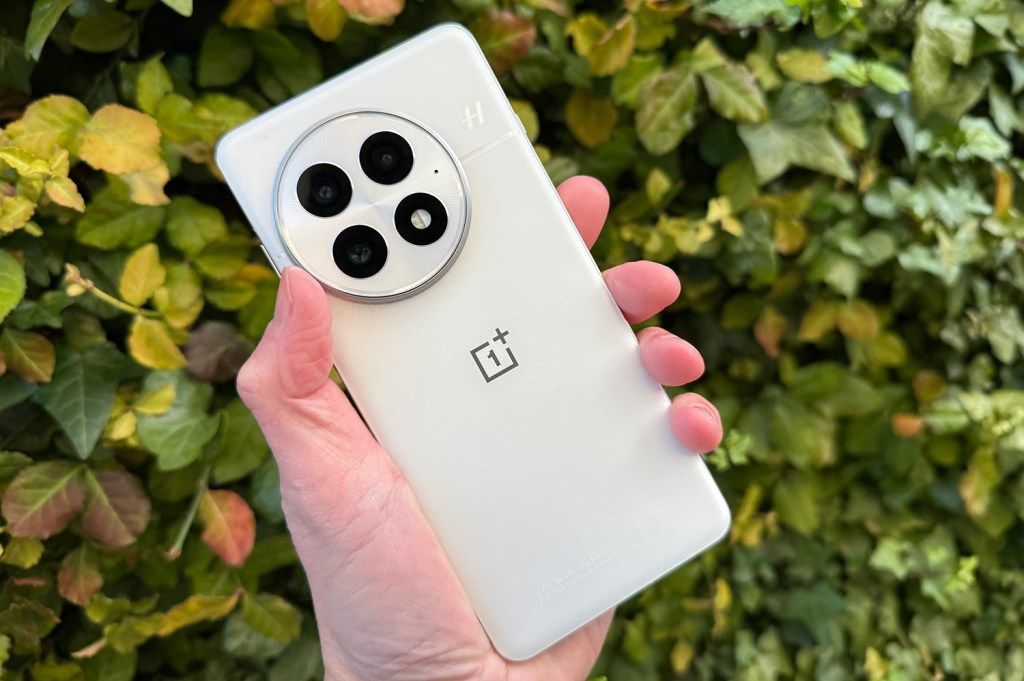

4. OnePlus 13
| OnePlus 13 specs | |
|---|---|
| Screen | 6.82in 3168×1440 120Hz OLED |
| Processor | Qualcomm Snapdragon 8 Elite |
| RAM | 16GB |
| Storage | 256/512GB |
| Software | Android 15 with OxygenOS |
| Cameras | 50+50+50MP rear, 32MP front |
| Battery | 6000mAh w/ 100W wired, 50W wireless charging |
| Dimensions | 163x77x8.5mm, 213g |
Delivering killer specs at a competitive price point, we think the OnePlus 13 hits another home run. This year’s model doens’t move the game along so much in terms of design, but adds s simply massive battery, the fastest Snapdragon silicon going and a balanced trio of rear cameras. Given the price, it’s hard to argue with.
Its all-screen frontage still fits the modern mould, and the tactile matte back adds a premium feel. The display itself is outstanding, with dynamic refresh rates ranging from 1 to 120Hz, ensuring smooth performance across the board. The trademark alert slider instantly marks it as a OnePlus device, while the Hasselblad branding on the distinctive circular camera bump hints at enhanced photography features.
Performance-wise, the OnePlus 13 is predictably superb, handling everything we threw at it with ease. Battery life was impressively frugal during our tests, and when the 6000mAh cell did run out, the 100W SuperVooc charging had it back to full in just over half an hour. If you’re after a flagship bargain, we believe the OnePlus 13 comfortably undercuts every major big-screen rival.
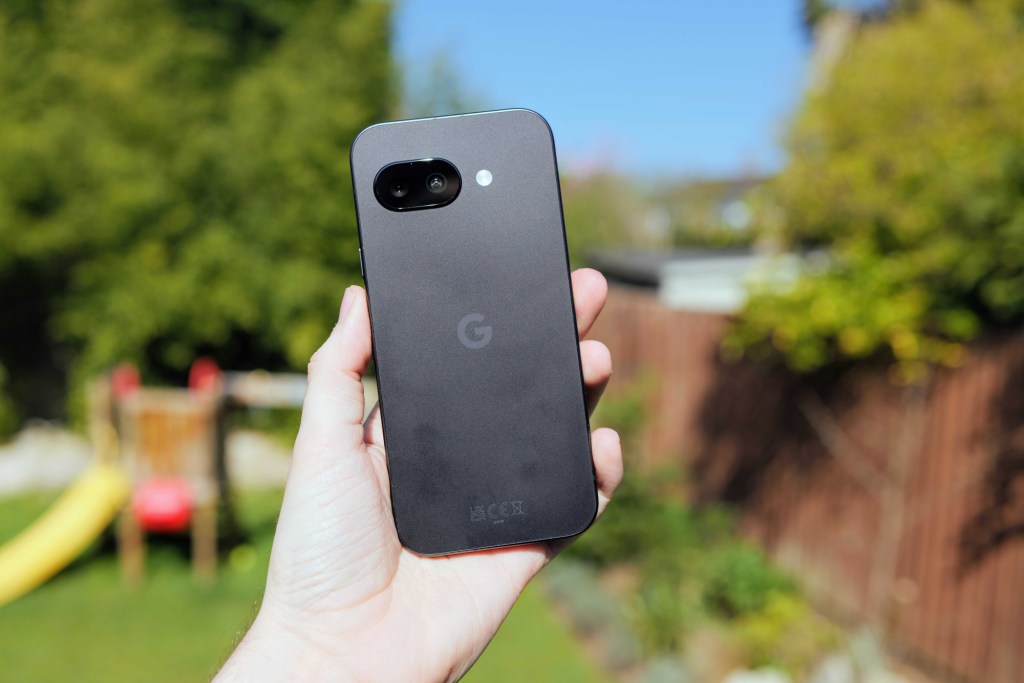

6. Google Pixel 9a
| Google Pixel 9a specs | |
| Screen | 6.3in Actua Display, 1080 x 2424 OLED, 2700 nits, 60-120Hz |
| CPU | Google Tensor G4 |
| Memory | 8GB RAM |
| Cameras | 48MP f/1.7 main + 13MP,f/2.2 ultrawide rear 13MP, f/2.2 front |
| Storage | 128 GB/256 GB |
| Operating system | Android 15 |
| Battery | 5100 mAh |
| Dimensions | 154.7 x 73.3 x 8.9mm, 185.9 g 6.1 x 2.9 x 0.4in, 6.6 oz |
We’ve long been fans of Google’s affordable phones, and the Pixel 9a continues that record – even if it truly stretches the definition of “affordable” now. This is still as well-rounded a phone and as streamlined an Android experience as you’ll get for the cash, with a composite shell that does a stellar impression of the glass used by its premium cousins. You’re also getting pure Android 15, which the 9a’s Tensor G4 CPU (same as the Pixel 9 Pro) runs without a stutter.
Where the Pixel 9a really excels is in the photography stakes. With powerful algorithms in its arsenal, almost every image it captures is balanced, noise-free and packed with detail. There’s no telephoto, but autofocus is rapid, while the combination of high pixel count main camera and Night Sight smarts pull true-to-life stills from tricky late-night scenes.
One-time luxuries like wireless charging and a 120Hz refresh rate are now standard, mean you’ll struggle to find a better all-round Android experience for less.
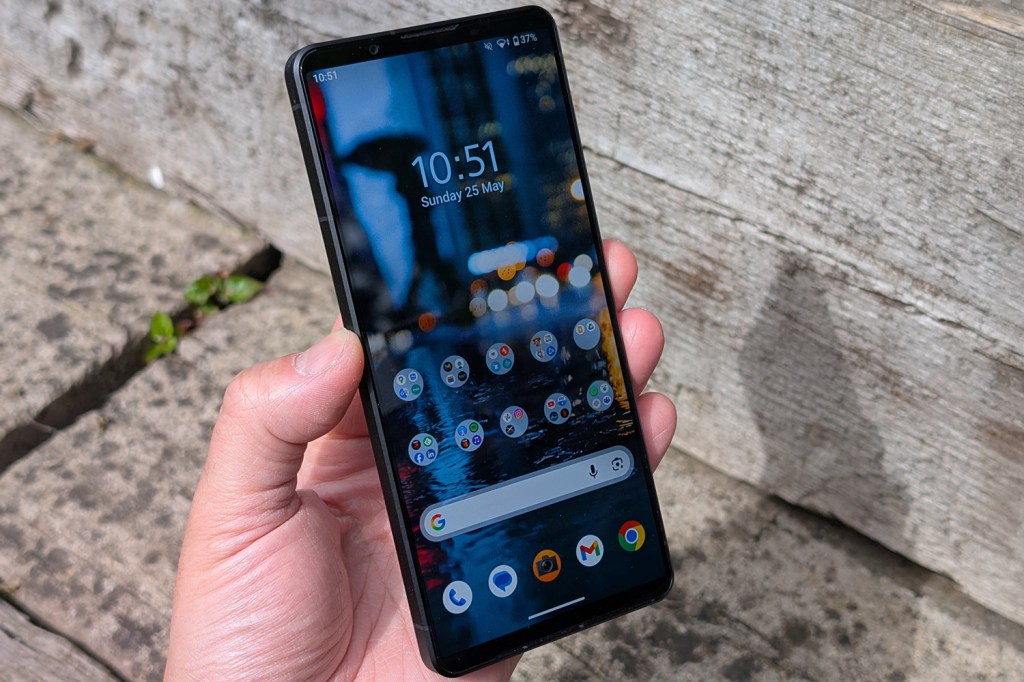

7. Sony Xperia 1 VII
| Sony Xperia 1 VII specs | |
|---|---|
| Screen | 6.5in 2340×1080 OLED w/ 120Hz |
| Processor | Qualcomm Snapdragon 8 Elite |
| RAM | 12GB |
| Storage | 256GB, microSD |
| Software | Android 15 |
| Cameras | 48+12+48MP (rear), 12MP (front) |
| Battery | 5000mAh |
| Dimensions | 162x74x8.2mm, 197g |
The Xperia 1 VII picks up where Sony’s most ‘mainstream’ flagship for years left off. A 19.5:9 OLED screen with a Full HD+ pixel count is more in keeping with what rivals are doing, but there’s still room at the top and bottom for a pair of forward-facing stereo speakers.
All the other Sony hallmarks remain, including a 3.5mm headphone port and a microSD card slot (which you can get to without having to keep a SIM tray tool with you at all times). The overall styling is beginning to show its age, though, with some of the thickest screen bezels you’ll find for this kind of cash. Underneath, a Snapdragon 8 Elite does all the heavy lifting, and stays wonderfully cool in the process.
On the photography front, Sony has properly stepped up its ultrawide game this year, and the results speak for themselves. When it comes to fitting more of a scene into every snap, the Xperia VII is a class leader. It can still handle rapid burst shooting in HDR, with plenty of manual options for serious snappers, while the auto mode is there for people that prefer to just point-and-shoot.
It’s a pricey handset, no doubt, making it harder to recommend to all but those already converted to the Xperia way of life.


8. Samsung Galaxy Z Fold 7
| Samsung Galaxy Z Fold 7 specs | |
| Screen | 6.5in, 2520×1080 120Hz AMOLED (outer) 8in, 2184×1968 120Hz AMOLED (inner) |
| CPU | Qualcomm Snapdragon 8 Elite for Galaxy |
| Memory | 12/16GB |
| Cameras | 200MP + 10MP telephoto + 12MP ultrawide rear 10MP front 10MP inner |
| Storage | 256GB/512GB/1TB |
| Operating system | Android 16 w/ OneUI |
| Battery | 4400mAh w/ 25 wired, 15w wireless charging |
| Dimensions | 158x143x4.2mm (unfolded) 158x73x8.9mm (folded) |
| Weight | 215g |
That the Galaxy Z Fold 7 arrived as unbelievably thin as it did was honestly a bit of a shock. We were used to Samsung phoning it in a bit with each successive generation, but this Fold feels entirely new, being just 4.2mm when unfolded and rocking a larger, more sensibly proportioned outer display. It feels like a traditional smartphone, until you unfurl it and see the giant 8in display lurking inside.
Performance is top-tier, courtesy of a Snapdragon 8 Elite for Galaxy chipset, and the software is much improved too. It arrives running Android 16, which brings some welcome boosts to multitasking, and all the AI-assisted apps continue to get smarter as well. A 200MP rear camera inherited from the Galaxy S25 Ultra is the icing on the cake.
Chinese brands were beginning to dominate the foldable space, leaving the rest of the world to look on with jealousy. That’s not the case anymore. Samsung is back at its best here.
Want more folding phone suggestions? Check out Stuff’s guide to the best folding smartphones.
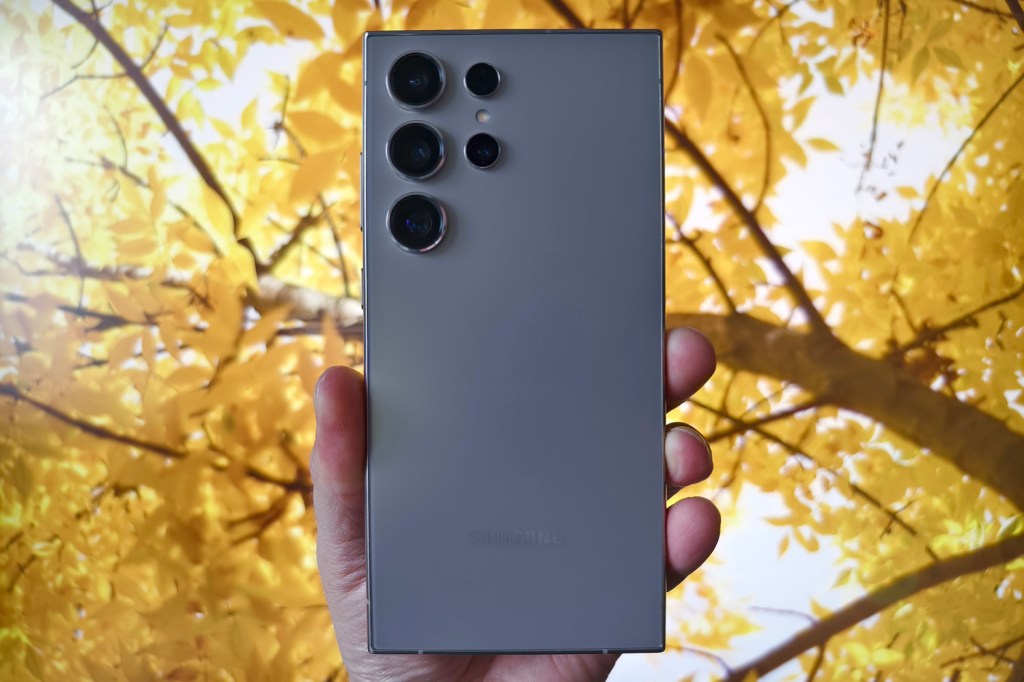

9. Samsung Galaxy S24 Ultra
| Samsung Galaxy S24 Ultra | |
|---|---|
| Screen | 6.8in 3088×1440 OLED w/ 120Hz, HDR10+, Corning Gorilla Armor |
| Processor | Qualcomm Snapdragon 8 Gen 3 for Galaxy |
| RAM | 12GB RAM |
| Storage | 256GB/512GB/1TB on-board |
| Software | Android 14 w/ OneUI |
| Cameras | 200MP, f/1.7 w/ PDAF, laser AF, OIS + 12MP, f/2.2 ultrawide w/ PDAF + 10MP, f/2.4 telephoto w/ PDAF, OIS, 3x optical zoom + 50MP, telephoto w/ PDAF, OIS, 5x optical zoom rear. 12MP, f/2.2 front w/ PDAF |
| Battery | 5000mAh w/ 45W wired charging, wireless charging, reverse wireless charging |
| Dimensions | 163x79x8.6mm, 232g |
Sure, it might have been usurped by the newer Galaxy S25 Ultra above, but the Galaxy S24 Ultra is still a cracking smartphone, especially when you take into account its current offers. If you can pick it up at a discounted price, you’re getting almost the same aesthetic and performance of the newer phone, for less.
Admittedly, it’s not rocking rounded corners or truly flat sides. And its ultrawide game is slightly weaker. But apart from that, it’s still plenty powerful, and comes with a cavalcade of S Pen smarts for productivity fiends to lose themselves in. If you’re not fussed about having Samsung’s latest AI software right now, the Galaxy S24 Ultra absolutely will not disappoint — especially now they’re doing the rounds for at least a third off the original retail price.
How to choose the best smartphone for you
In order to buy the best smartphone for your needs, there are several important factors to consider. Luckily, Stuff’s smartphone experts are here to help you compare options and make a final decision.
The first big decision you’ll have to make is choosing between Apple’s iOS and Google’s Android operating systems. Both have their own interface, features, and app ecosystem, so if you have a preference or existing devices with potential compatibility issues, then it’s best to stick with what you’re already familiar with.
One of the next things you’ll need to do is set a budget. Smartphones vary widely in price, from as little as $300/£200 to over $1200/£1000. Once you’ve decided on a budget you’ll be able to narrow down potential candidates from our best cheap phone guide, best mid-range smartphone guide, and the best premium phones (this guide).
Once you’ve decided on an operating system and budget, then it’s time to consider things like size, resolution, and quality of the display. If you prefer a more compact phone then you can read Stuff’s guide to the best small phones, or you might prefer a bigger screen which is better for watching videos and reading.
The performance of your smartphone will largely depend on how much you spend, but you should look for a phone with a decent amount of processing power, RAM, and storage capacity (of course, we’ll help you avoid any underpowered phones). This ensures smooth a multitasking experience, and fast app loading.
On a similar note, check the battery capacity and read about the battery life tests in our phone reviews to assess how long the phone typically lasts. You should also look for smartphones with fast charging and wireless charging options, as both of these are very useful.
While all smartphones are pretty good at taking pictures nowadays, if you’re really into taking pictures, then you’ll want one of the best smartphones for photography.
And, finally, if you’re a hardcore gamer, then you should consider one of the best smartphones for gaming. These push performance to the max to take your mobile gaming to the next level.
What is the difference between a mobile phone and a smartphone?
A mobile phone typically refers to any portable device used for telecommunications. It’s capable of making and receiving calls and text messages. It’s a broad term that encompasses, but in today’s language, generally refers to basic feature phones (or ‘dumb’ phones) with limited functionalities.
On the other hand, a smartphone offers advanced computing capabilities and connectivity alongside basic telephony. Smartphones typically have a touchscreen, advanced operating systems (like iOS or Android), and can run apps. They include features like internet access, email, social media, GPS, a camera, and multimedia capabilities.
In essence, while all smartphones are mobile phones, not all mobile phones are smartphones.
